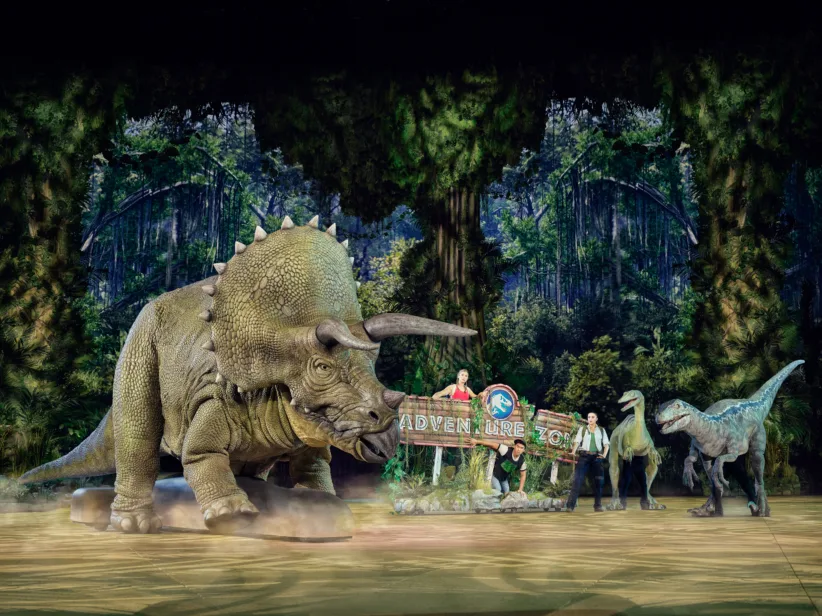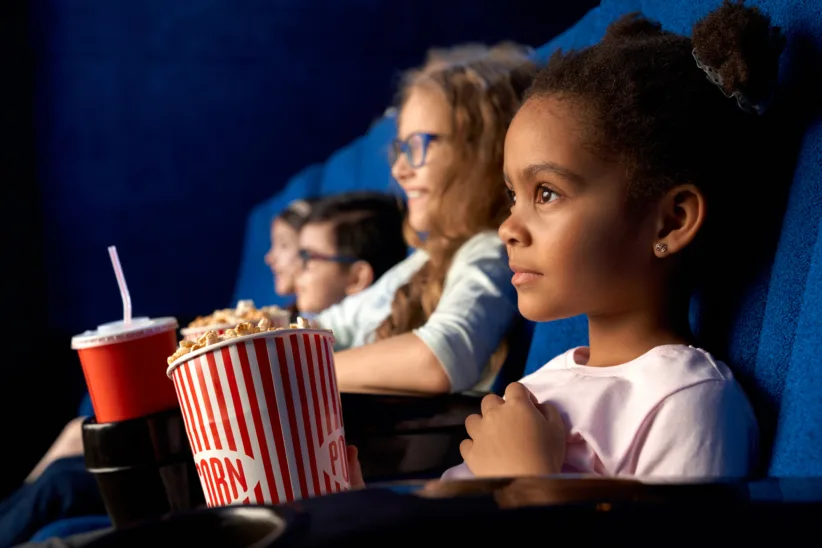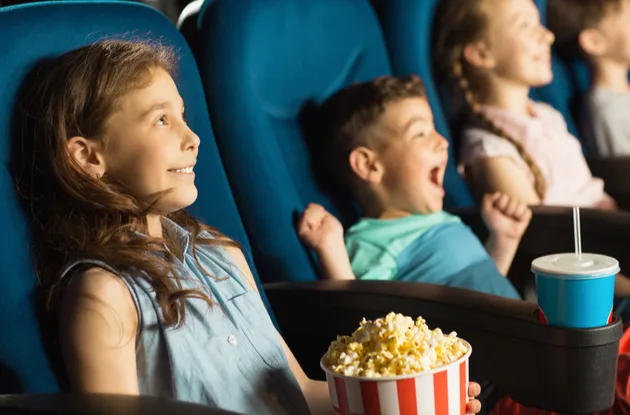Parents who question the role that visual art can play in their children’s education should drop in at any one of the 143 city schools taking part in the Studio in a School program, and flip through a student sketchbook. There are no computations or spelling lessons, but there are drawings and notations and even fragments of poetry. Looked at carefully enough, the content expresses itself not as scattershot doodling, but as documentation of the process of learning. Manhattan’s P.S. 191 is one of the institutions taking part in Studio in a School’s 14-week artist residency. Twice a week, a third grade class from the school, run by teacher Paola Higuera, works with Damali Miller, one of the Studio’s teaching artists. “Works with” is the operative phrase here; the efforts of the teaching artist and the classroom teacher are encouraged — indeed, expected — to dovetail, within the walls of the students’ own classrooms. (P.S. 191, however, is the lone exception to the basic Studio “in” a school rule; they take their lessons at Studio’s lab site on West End Avenue, behind Lincoln Center. Most schools use their own classrooms, or the rare spare room, for the program). Right now the art is all about water. Higuera’s recent science unit has taken the students through various phases of the subject, from evaporation and condensation to issues of hard and soft water. Her lessons are now being reinforced, and built upon, through art. Students are addressing new aspects of the element — its ability to reflect, roar, engulf, be placid, or shrouded in mist. They learn about water, in part, by painting with water-based media, but also by discussing what they’ve painted and looking at images produced by other artists. Miller has made use of art books containing images from well-known masters of the subject — Winslow Homer, James McNeill Whistler, Katsushika Hokusai and Alex Katz — to a book focusing on the less familiar Ray Charles White. Perhaps most importantly, she also uses children’s books (in this case, the exquisite “Rain Rain Rivers” by Uri Shulevitz). The lessons also include “sketchbook assignments”. The student may be asked to sketch “a room with interesting things”, or “a place in my home that has water”; the assignment is written at the bottom of a blank page and then sketched above. The results demonstrate empirical learning at its best. The sketchbook of Natalie Ortiz contains a water-themed poem by the third-grader, underneath which are two simple — but not too simple — sketches describing the movement of waves. In its own youthful way, the page brings to mind the look-and-note methodology of Leonardo da Vinci in his Codex Leicester, which was only recently displayed at the Metropolitan Museum of Art. “We put the emphasis on the process rather than the product,” says Aline Hill-Ries, director of programs at Studio in a School. “We want to motivate their learning, their observation and their curiosity, to get them to express what they’ve learned and now understand. They take charge of their own learning, and that’s an attitude that will serve them well in all their subjects.” As all arts educators stress, art making is problem solving. Being able to use analytical thought is vital. Problem-solving skills come into play as soon as the first mark is set down, and the challenge of working through difficult passages never ends — a characteristic common to any endeavor. “The children have actually said that they use the strategies they’ve learned from working with our artists in connection to their other subjects,” Hill-Ries says. “The goal is not for our artists to say to the children, ‘This is the way I do it’, and then have the children follow their procedure; it’s to help them solve problems as they go along. In the end, we want them to celebrate all these different solutions.” When it comes to the recruitment and selection of their teaching artists, Studio in a School is about as far from the “those who can’t teach, teach gym” philosophy as it’s possible to get. First and foremost, the artists are professionals, with Master of Fine Arts degrees and exhibition histories in two-and-three-dimensional media — meaning drawing, painting, printmaking, sculpture and collage (all of which Hill-Ries calls “tactile media”). Group and individual interviews are held, followed by a period of “shadowing and auditioning”, in which the new teaching artist observes and contributes in a classroom setting under the regular instructor. In contrast to other arts-in-education programs, where professional artists are sometimes thrown into the fray without any training, Studio in a School, as Hill-Ries emphasizes, has their professionals “work side-by-side with the teachers to learn classroom management skills, ways to integrate with other curriculum areas, and especially to learn about the kids.” Studio is so determined to make the best teaching artists available that they’ve created the Art Partnership Initiative, a program designed to provide city schools with an artist who will become a permanent member of the faculty, something of a rarity in New York City. Queens is ahead of the pack in that area, with P.S. 163 in Flushing already having its own artist-in-training, Karla Krupala, who will be licensed by the end of the year. Studio is providing Krupala’s tuition at the Pratt Institute as part of its Teaching Fellows Program. “Our Teaching Fellows Program is our way of helping increase the quality of visual arts teachings in classrooms around the city, and of responding to the new state and city requirements that all art teachers must be certified and licensed for K-12,” Hill-Ries says. (The requirements come into effect in January 2004). “In other words, we’ll support you in becoming a professional art teacher. That’s what’s happening with our teaching artist at P.S. 163; she’s teaching during the day in the school and doing graduate course work at night — classes in education, child development, everything you need to become a teacher.” By the end of the year, Hill-Ries points out, the city will have 20 schools throughout all five boroughs with teachers who have completed their training through the Initiative/Fellows programs. Of that number, six are located in Queens (ranging from Astoria and Long Island City, to Whitestone and Flushing). Brooklyn weighs in with seven schools, and Manhattan with five. No one grows stale at Studio in a School. No one has a chance to, with all the give-and-take that goes on. “The best of our teaching artists always say that it’s the kids themselves who keeps their teaching fresh,” Hill-Ries says with satisfaction. “Listening to the kids provides a source of continually new ideas.” For more information, go to www.studioinaschool.org, or call (212) 459-1455, ext. 234.





















